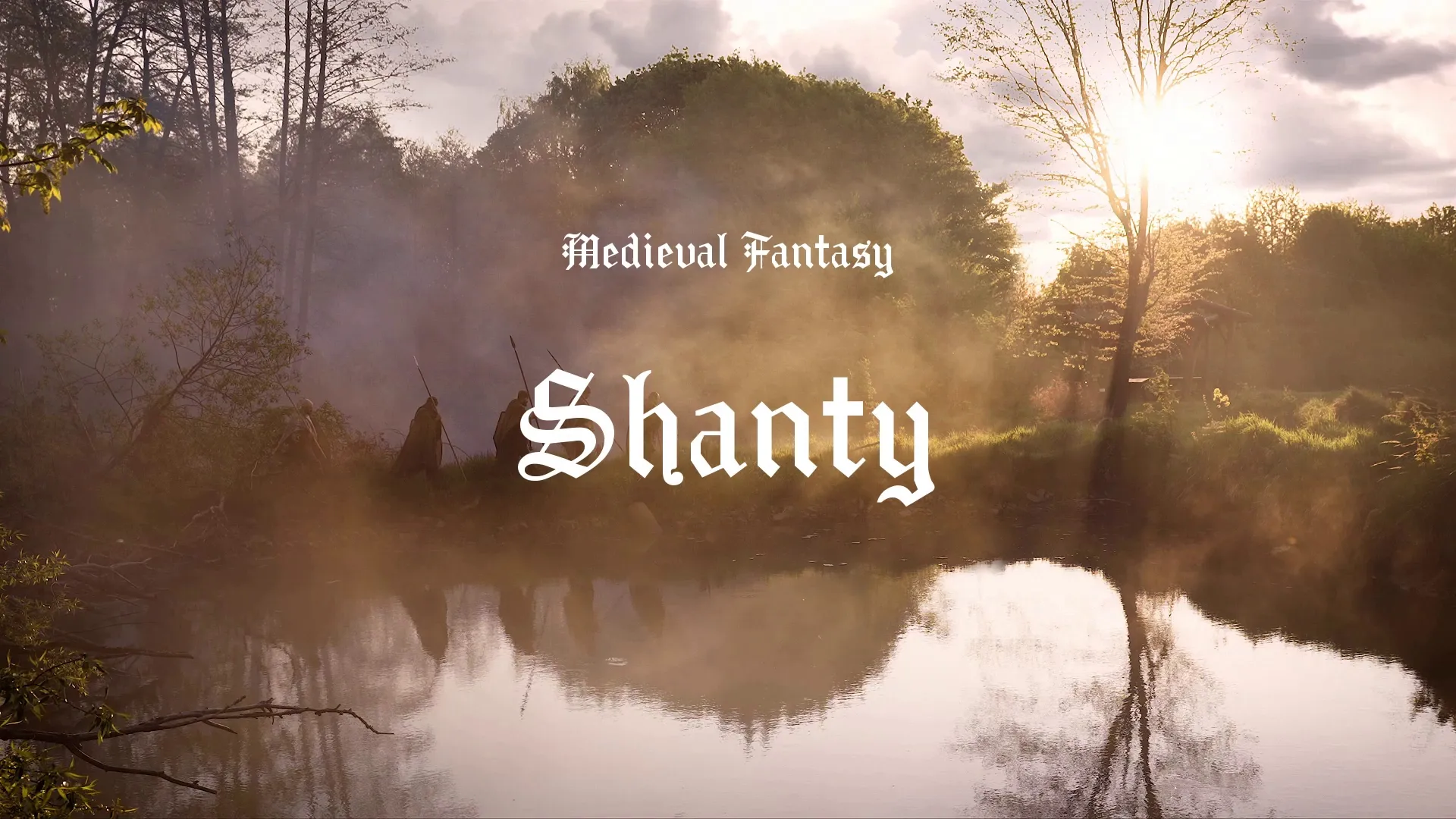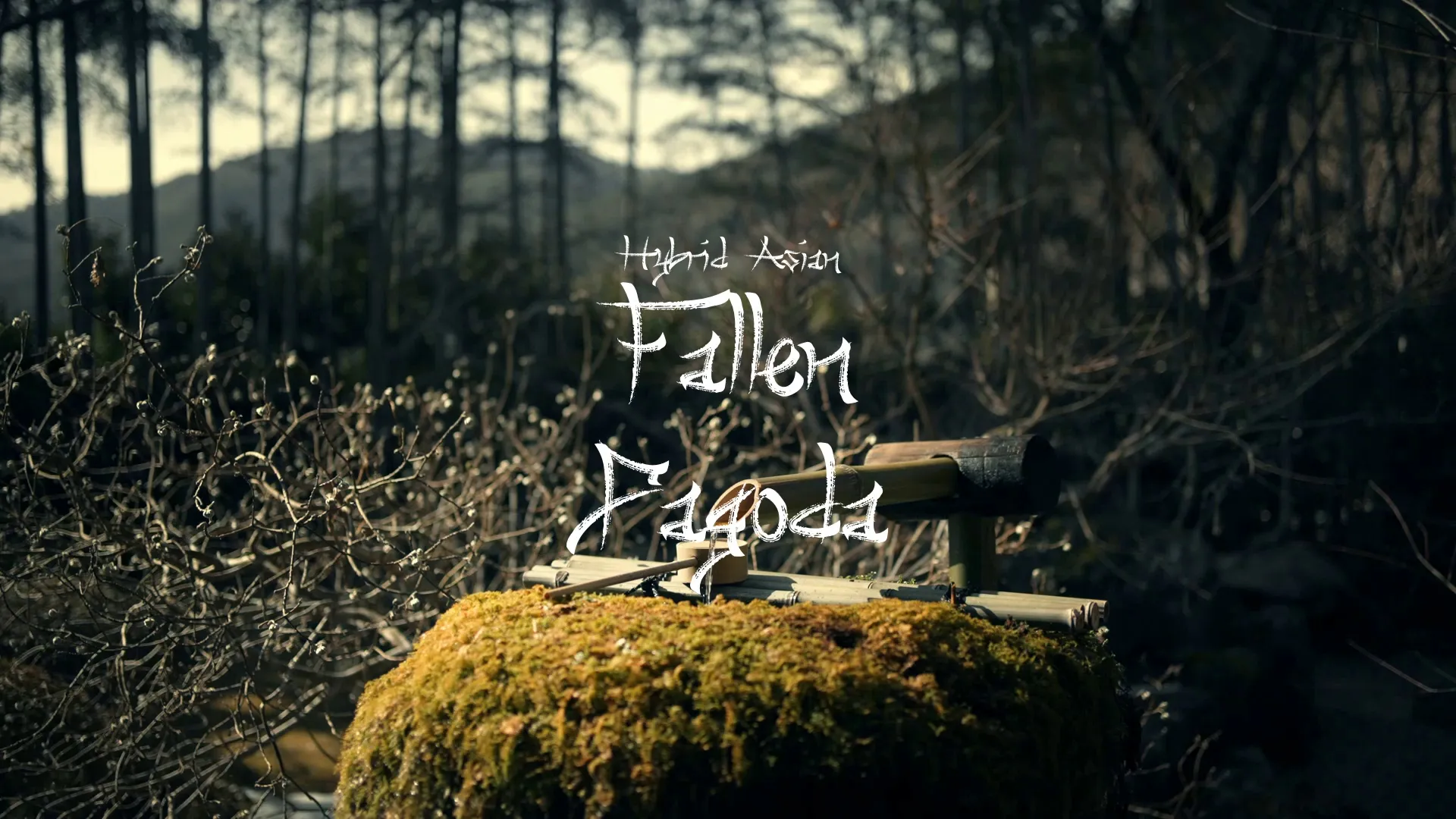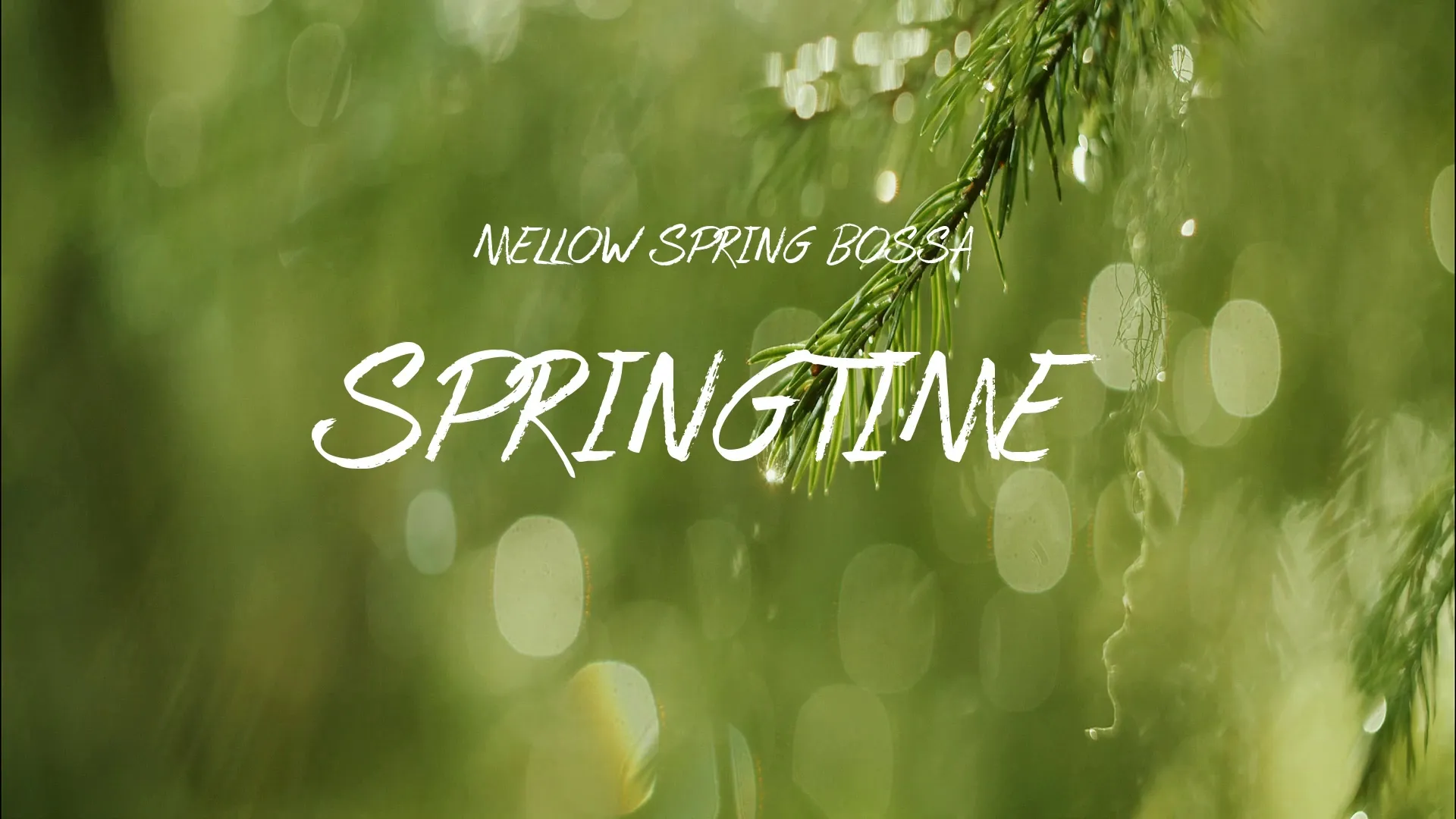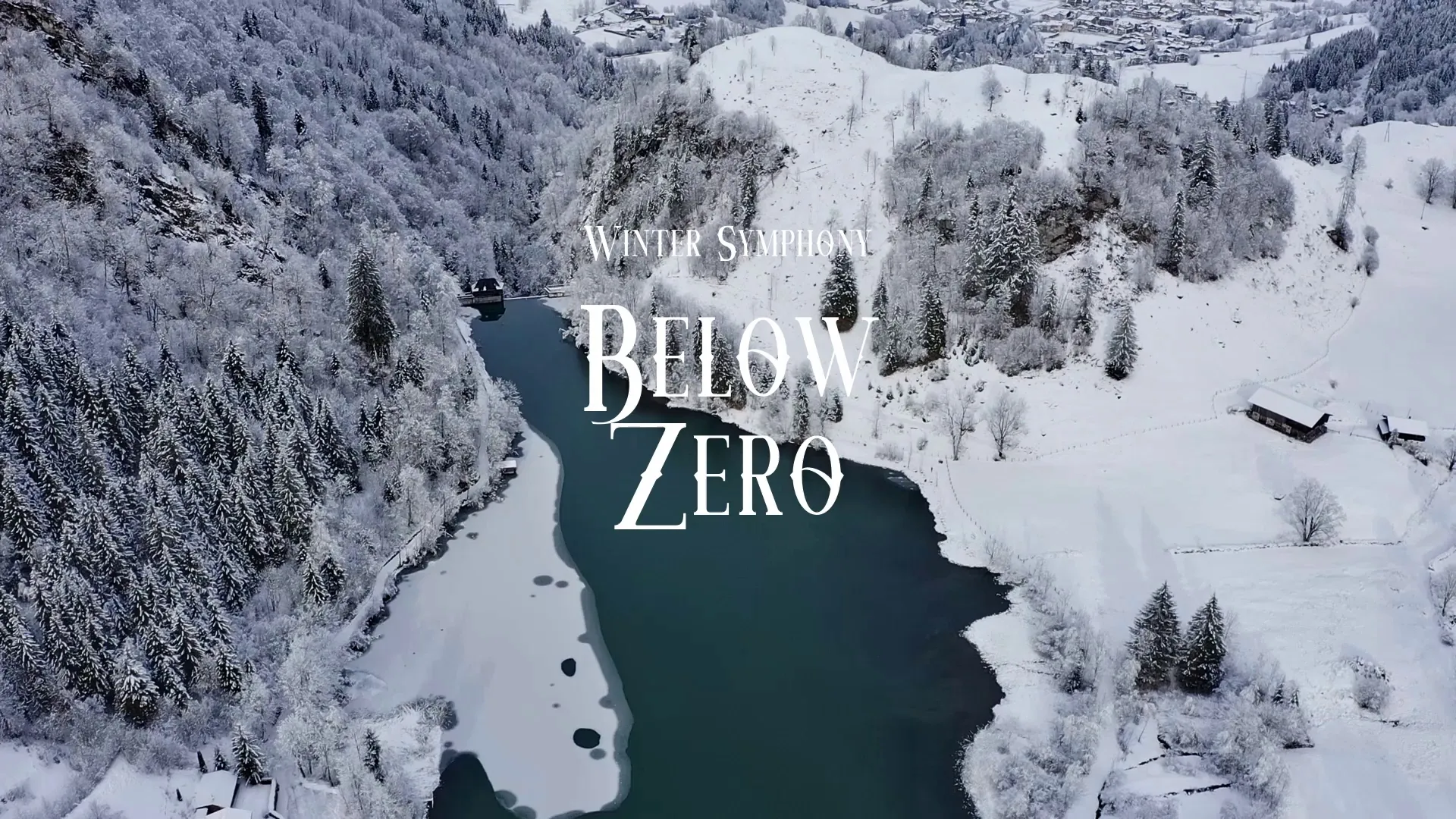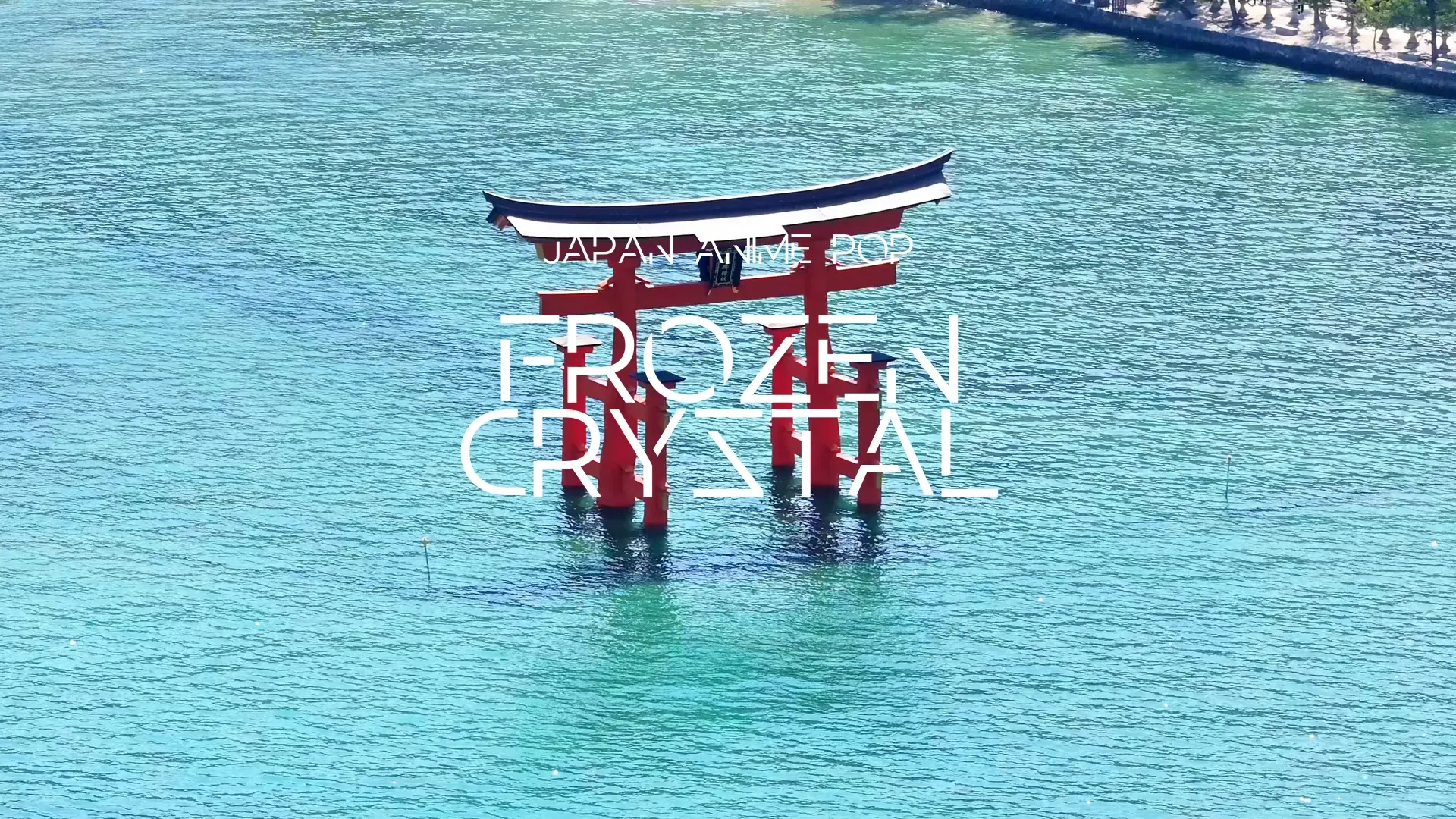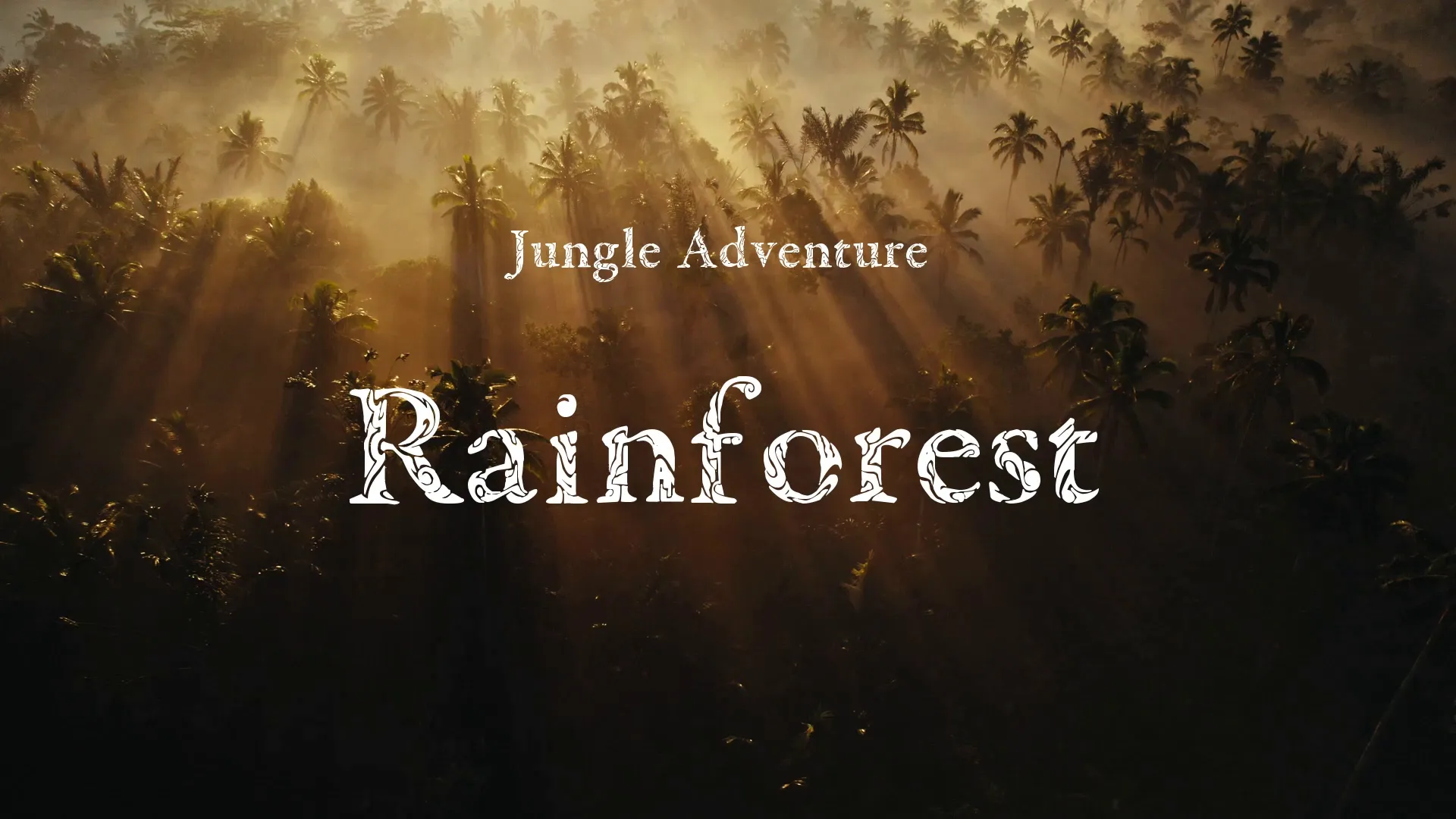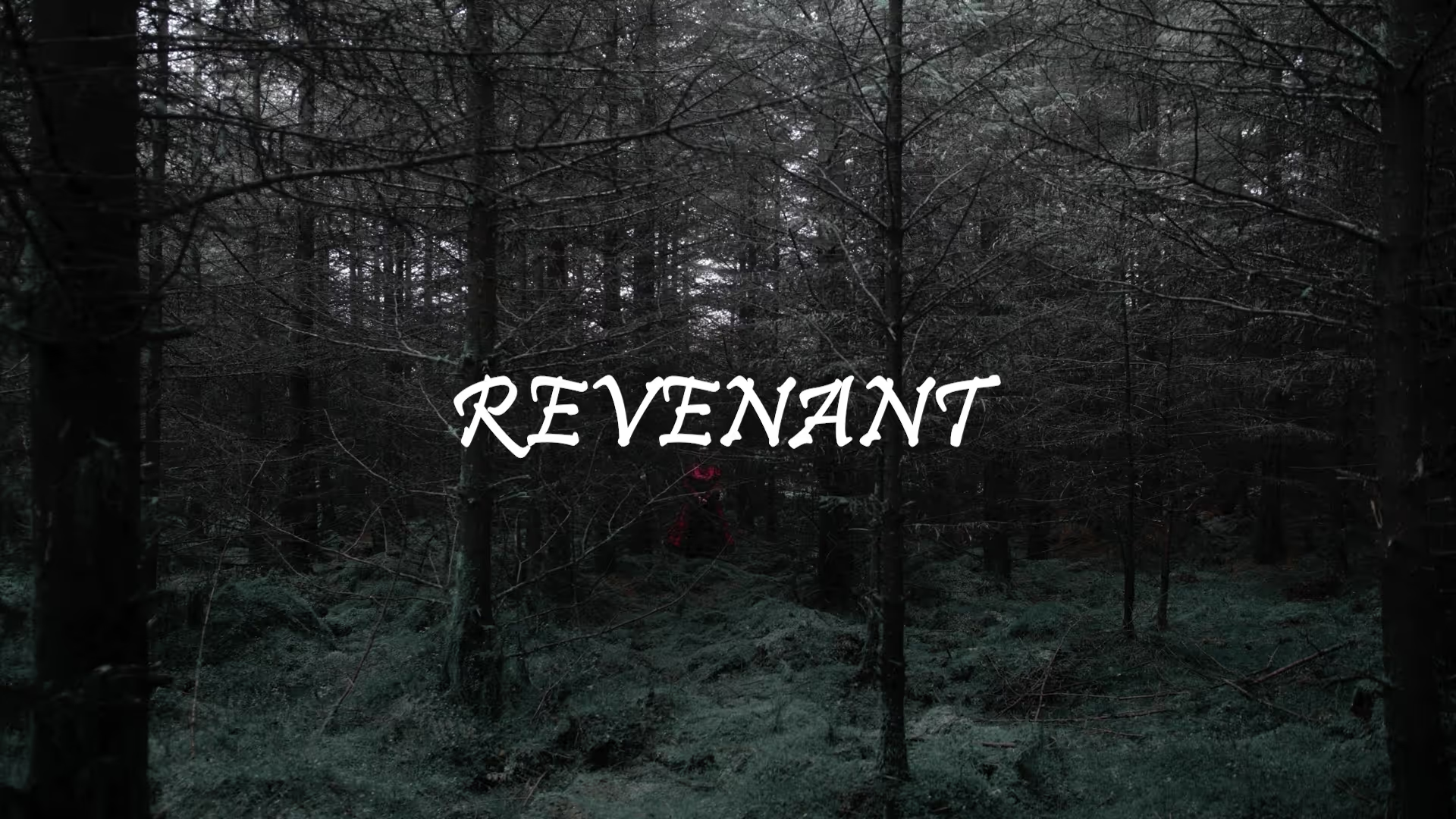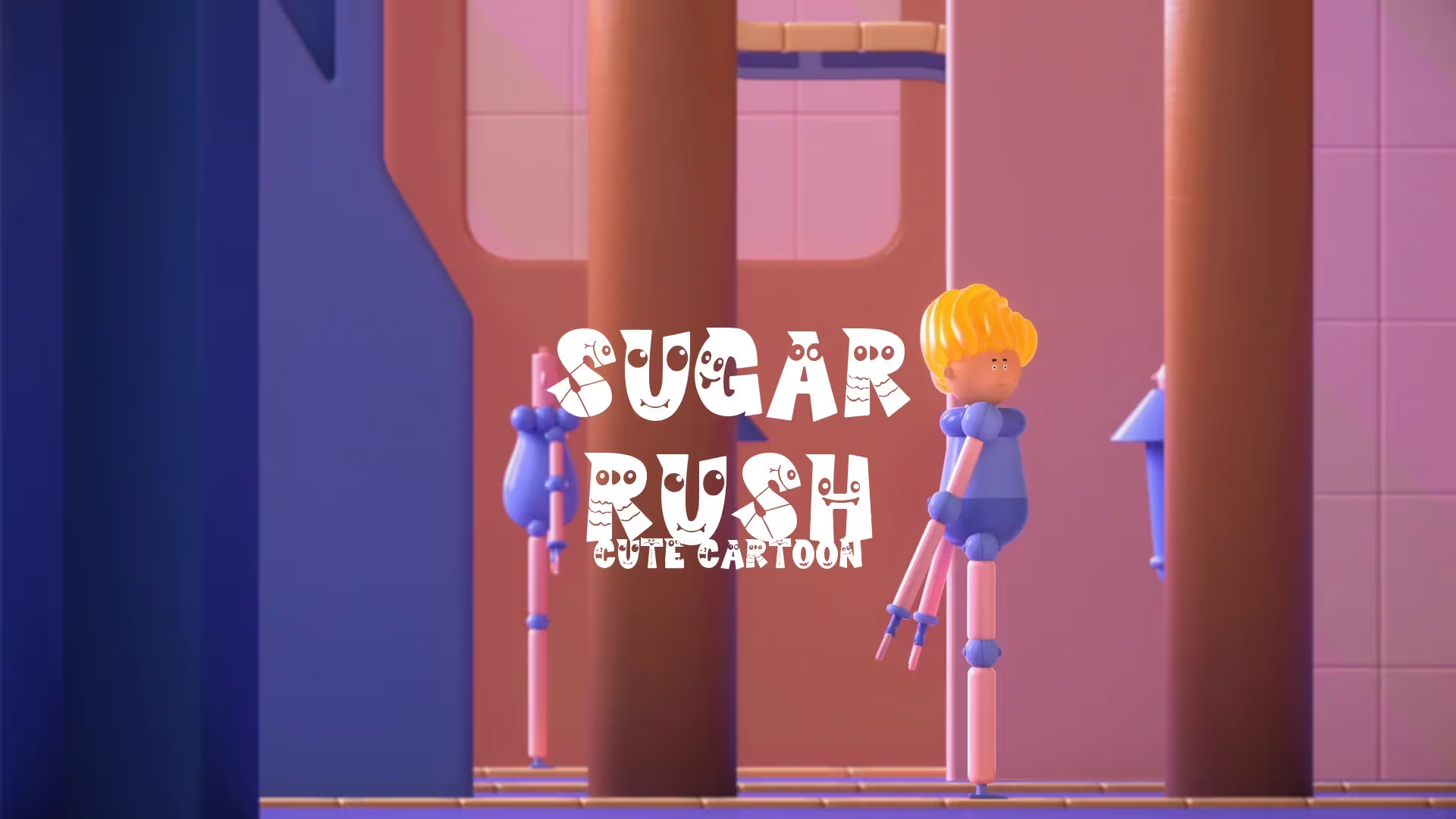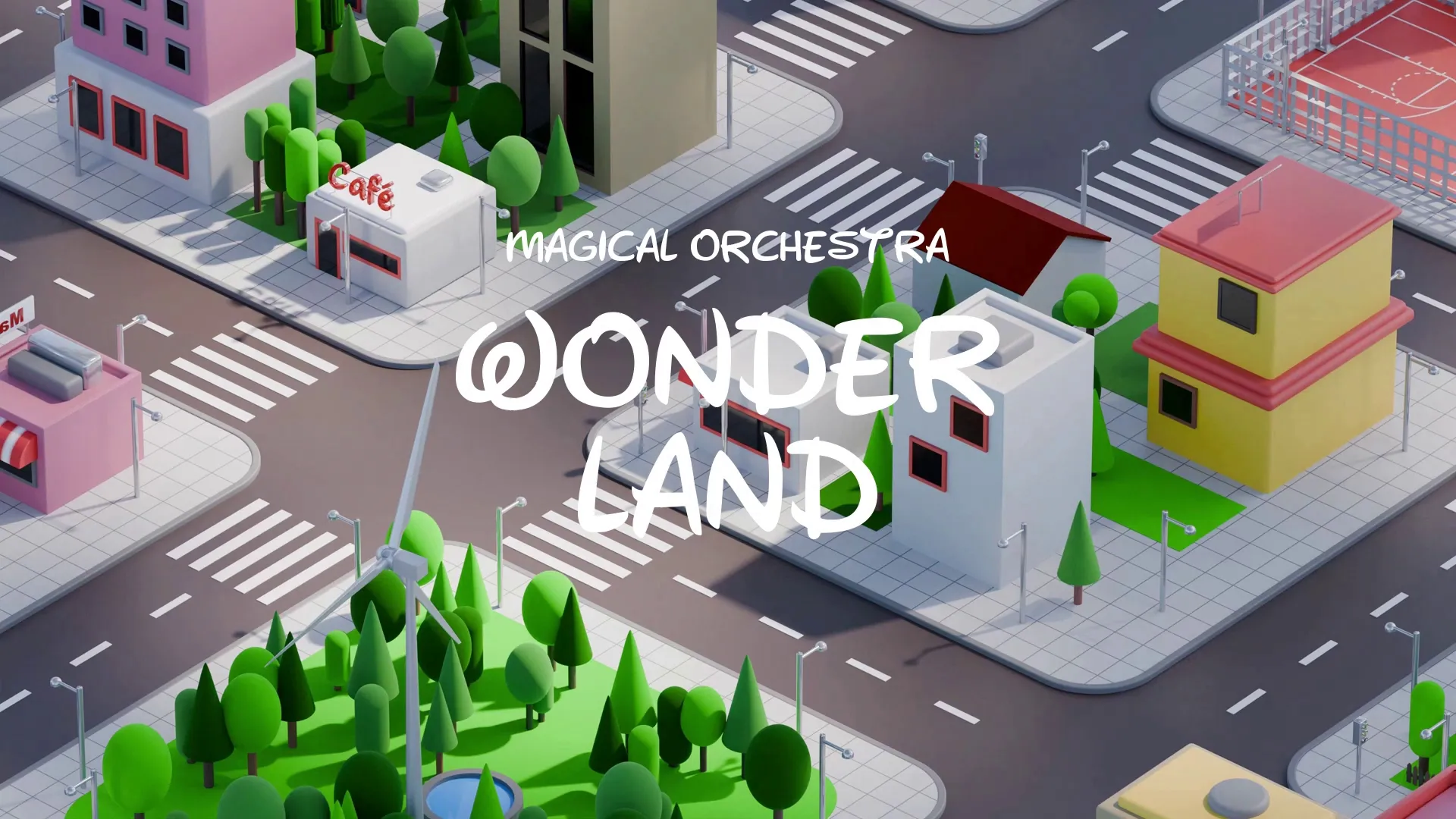7 Ways to Revolutionize Environmental Storytelling Through Active Gameplay
Imagine stepping into a world that whispers its secrets, not through cutscenes or dialogue boxes, but through the very fabric of its existence. What if the environment wasn’t just a backdrop, but a dynamic character, its history and ecology woven into the gameplay itself? Let’s explore how environmental storytelling can evolve from passive observation to active engagement, creating truly immersive and meaningful gaming experiences.
7 Ways to Revolutionize Environmental Storytelling Through Active Gameplay
The current paradigm often relegates environmental storytelling to static set pieces and visual cues. But true immersion demands more. It requires players to actively interact with and influence the world around them, uncovering its secrets and shaping its narrative through their actions.
1. Ecological Interdependence as a Gameplay Mechanic
Instead of just seeing a polluted river, make players feel its consequences. Implement a system where polluting the river directly impacts the health of the surrounding ecosystem, affecting resource availability, enemy behavior, and even the physical landscape.
Consider a game where a factory is dumping waste into a lake. The player can observe dead fish and murky water. But what if that pollution also caused nearby crops to fail, leading to food shortages for the local village? What if mutated creatures began to emerge from the lake, posing a new threat?
By tying environmental damage directly to gameplay challenges, players are incentivized to become stewards of the environment, not just passive observers. This approach creates a powerful connection between the player’s actions and the game world’s narrative.
2. Dynamic Historical Echoes
Move beyond static historical markers. Implement systems where the environment dynamically reacts to the player’s presence, revealing fragments of the past based on their actions and location.
Imagine exploring an ancient battlefield. Instead of just finding a dusty helmet, the player triggers a “historical echo” by stepping on a specific spot. They see a brief, ghostly reenactment of a crucial moment in the battle, revealing strategic weaknesses or hidden passages used by the combatants.
This requires more than just pre-scripted events. It involves creating systems that interpret player actions and dynamically generate historical snippets based on relevant historical data linked to the location. This provides replayability and a sense of discovery.
3. Environmental Puzzles with Narrative Implications
Integrate environmental puzzles that unlock not just physical pathways, but also narrative threads. The solution to the puzzle should reveal a deeper understanding of the world’s history, culture, or ecology.
A classic example would be finding a hidden chamber by manipulating a series of ancient irrigation systems. Solving the puzzle not only opens the chamber but also reveals the intricate water management techniques used by a lost civilization, offering clues to their rise and fall. This also allows for opportunities for failure states that dynamically adjust the narrative.
These puzzles shouldn’t feel like arbitrary roadblocks. They should be organically integrated into the environment and directly contribute to the overarching narrative.
4. Reputation Systems Based on Environmental Actions
Implement a reputation system that tracks the player’s impact on the environment. Positive actions, such as restoring damaged ecosystems or protecting endangered species, should improve the player’s standing with local communities and unlock new opportunities.
Conversely, destructive actions, such as excessive logging or polluting water sources, should have negative consequences, such as decreased trust, economic penalties, or even hostile encounters with environmental defenders. Players should be held responsible for their impact.
Create a free account, or log in.
Gain access to free articles, game development tools, and game assets.






